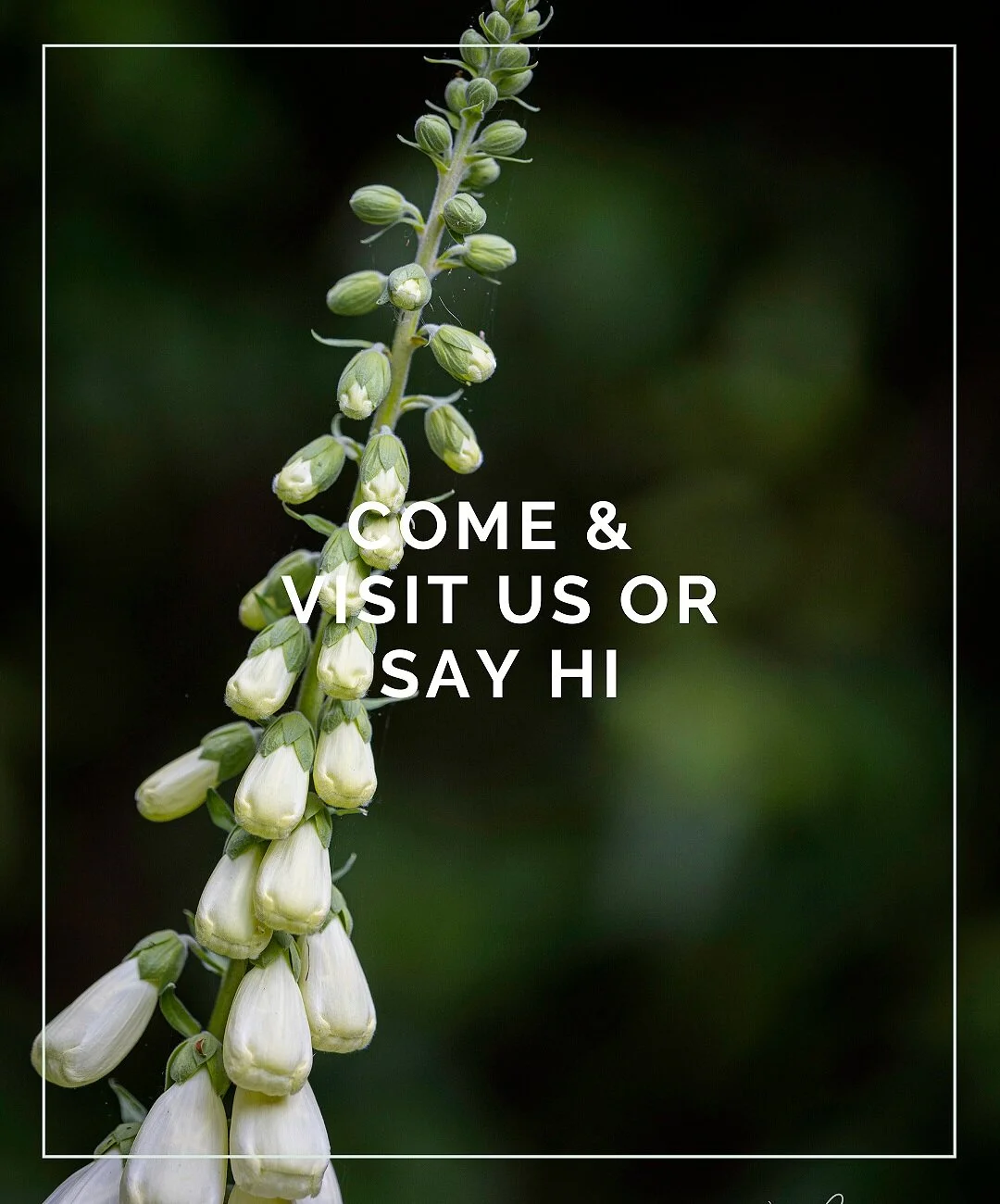The Garden & Wildlife
Our vision is to retain the romance of the garden whilst restoring the essence of the original design and creating a sanctuary for both people and wildlife
The garden was designed to be extravagant on many dimensions…
… including in its horticultural innovation. Lyon’s intent was to work with site topography and existing features to create an Italianate garden that contained walks, built features, exotic planting and views of the surrounding countryside, “la campagna”.
The garden structures bridge the aesthetic traditions of the Arts & Crafts movement and modernism.
The use of natural materials and traditional craftsmanship in the detail of stonework is in keeping with the Arts & Crafts style. However, the design of this Devon hillside garden with its meandering, serpentine stone pathways, unfolding vistas and bathing opportunities conjures a much more informal, Mediterranean atmosphere.
The garden contains many special and unusual trees…
… that were part of the original planting and are now mature, including Cryptomeria japonica (Japanese cedar), Trachycarpus fortunei (Chusan palm), Ginkgo biloba (Maidenhair tree), Quercus suber (Cork oak), Cupressus macrocarpa (Monterey cypress) and Thuja plicata (Western red cedar).
Graham was a plant lover. Plants were everywhere, climbers on the walls and structures, and lots of colour.
Original climbers still cover the observatory… Parthenocissus quinquefolia (Virginia creeper) - and the pergola - Akebia quinata (Chocolate vine), Vitis coignetiae (Crimson glory vine), and a rambling rose, but much of the original border planting has disappeared as nature took over and the garden turned into a shaded woodland - a stark contrast with its intended, open design and Mediterranean planting.
Our vision…
… is to reinforce the Italianate characteristics of the garden whilst retaining its beguiling character and adapting the original planting to today’s warmer climate.
Using exotic, architectural planting in select areas will enable this ‘lost in time’ feeling to be retained. In other areas, reintroducing dry, Mediterranean planting schemes and showcasing the mature palm trees will conjure a sense of the original design intent.
Enhancing the garden’s biodiversity…
… in as many ways as we can is something we feel passionate about.
All new planting will be with wildlife in mind. The right flowers provide pollen and nectar for bees, butterflies and other insects, and bring a garden alive. The right trees and shrubs provide food in the form of flowers, fruits and seeds, cover and nesting sites for garden insects, animals and birds.
Decaying wood, log and stone piles overgrown with moss and ferns look beautiful as well as providing a habitat for insects and fungi, hibernation sites for reptiles, amphibians and hedgehogs.
Our hope is to create a hidden haven for people and wildlife alike - a place of wellbeing.
“The more one gardens, the more one learns; And the more one learns, the more one realises how little one knows”








